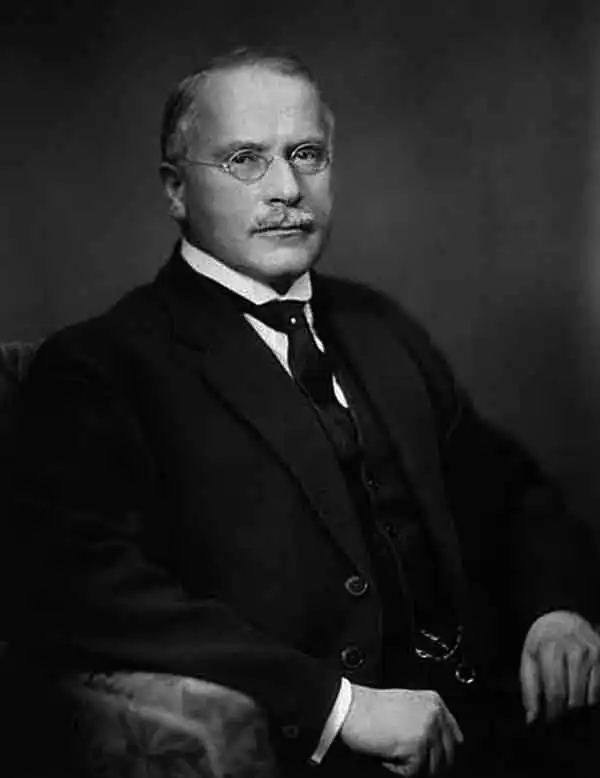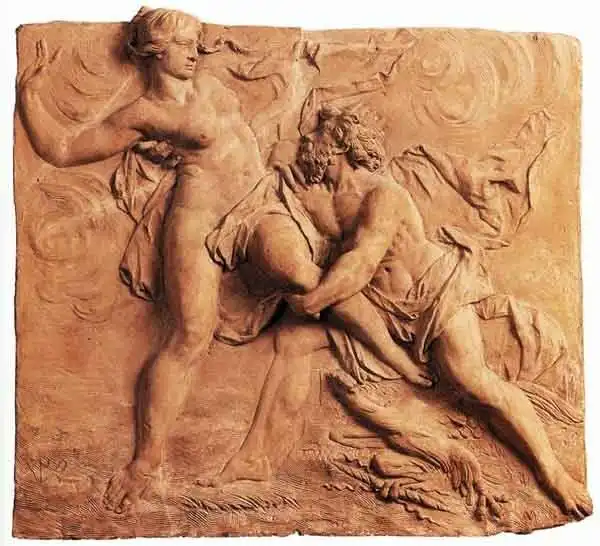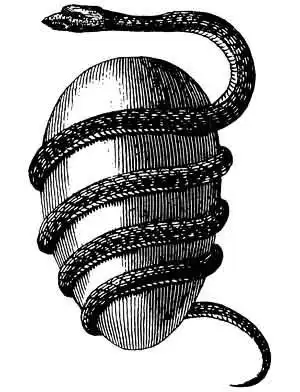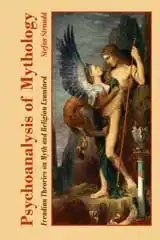Psychoanalysis of Myth 7
Jung's Collective Unconscious
Each person has an unconscious, part of it very personal indeed, and part of it is the same for all human beings. This part is the collective unconscious, where the archetypes are stored. It is simply the part of the unconscious, which does not come from personal experience. The personal unconscious contains such material as actual personal memories and experiences that have been forgotten or repressed, and the rest belongs to the collective unconscious. Jung did not see this as any sort of telepathic dimension with ability to reach out of a person's mind. To him it is more like an imprint, something inherited by all, along the line of animal instincts. This is also how Freud saw the archaic heritage. Somehow instincts progress and adapt in animals, as they change by evolution and their needs alter according to changes in their surroundings. Otherwise their instincts would soon be their doom instead of their support in survival. Therefore, some kind of evolution of instincts is possible. Jung imagines a similar development of the human brain, as the means by which the collective unconscious appeared and was filled with archetypes. To Jung, the complexity of the human mind allows for that additional and more refined set of instincts which is the collective unconscious:
 Pluto abducts Persephone, by Jan Peter van Baurscheit the younger.
Myths are born out of the collective unconscious, therefore made up of archetypes. To Jung, they are little more than expressions of that part of the psyche: "In fact, the whole of mythology could be taken as a sort of projection of the collective unconscious." Dreams, on the other hand, come from the personal unconscious, and cannot become myths, because of their personal nature. Whereas the personal unconscious is unable to influence the collective unconscious, the reverse is possible:
NEXTApplying Jung to myth
Psychoanalysis of Myth

MYTH
IntroductionCreation Myths: Emergence and MeaningsPsychoanalysis of Myth: Freud and JungJungian Theories on Myth and ReligionArchetypes of Mythology - the bookPsychoanalysis of Mythology - the bookIdeas and LearningCosmos of the AncientsLife Energy EncyclopediaOn my Creation Myths website:
Creation Myths Around the WorldThe Logics of MythTheories through History about Myth and FableGenesis 1: The First Creation of the BibleEnuma Elish, Babylonian CreationThe Paradox of Creation: Rig Veda 10:129Xingu CreationArchetypes in MythAbout CookiesMy Other WebsitesCREATION MYTHSMyths in general and myths of creation in particular.
TAOISMThe wisdom of Taoism and the Tao Te Ching, its ancient source.
LIFE ENERGYAn encyclopedia of life energy concepts around the world.
QI ENERGY EXERCISESQi (also spelled chi or ki) explained, with exercises to increase it.
I CHINGThe ancient Chinese system of divination and free online reading.
TAROTTarot card meanings in divination and a free online spread.
ASTROLOGYThe complete horoscope chart and how to read it.
MY AMAZON PAGE
MY YOUTUBE AIKIDO
MY YOUTUBE ART
MY FACEBOOK
MY INSTAGRAM
STENUDD PÅ SVENSKA
|
 Archetypes of Mythology
Archetypes of Mythology Psychoanalysis of Mythology
Psychoanalysis of Mythology